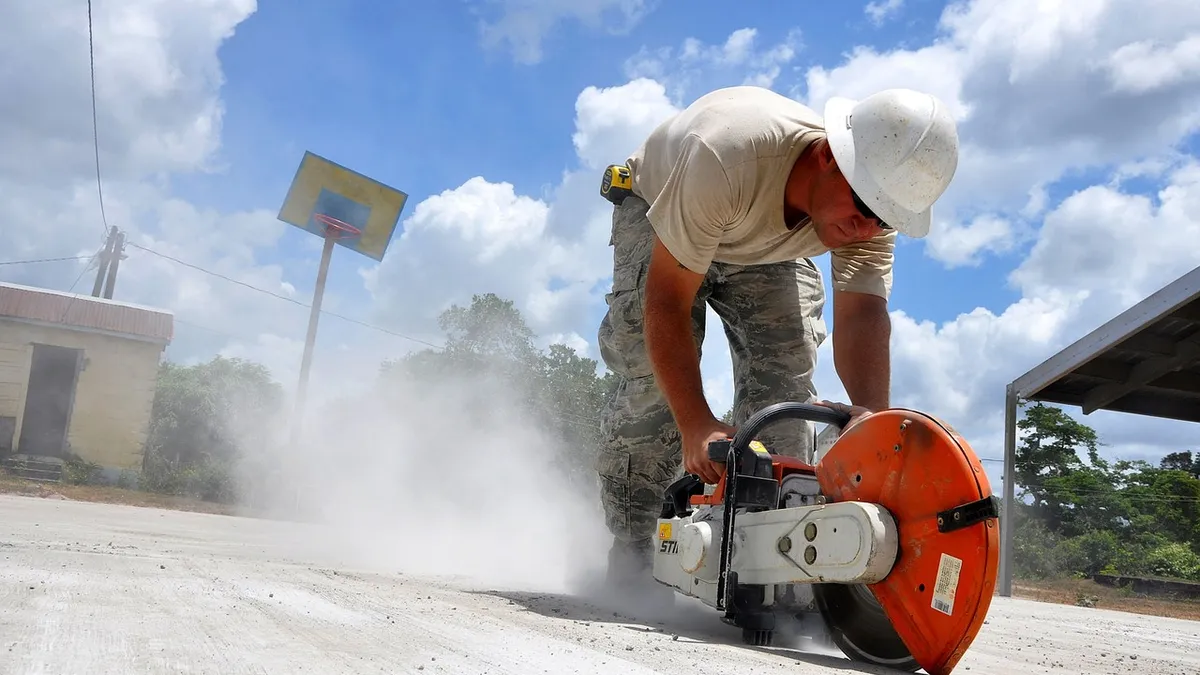Dive Brief:
- OSHA is asking for input on potential changes to its silica rule standard, according to the U.S. General Services Administration's Office of Management and Budget Fall 2018 Unified Agenda of Regulatory and Deregulatory Actions.
- The agency's pre-rule-stage request for information pertains to control measures for tasks and tools that are not currently included in the Table 1 section of the rule, as well as tasks and tools around exposure to respirable crystalline silica. As the silica rule stands right now, contractors who use Table 1 control methods are not required to measure their employees' exposure and do not have to abide by the permissible exposure limits. The agency is also soliciting input on the effectiveness of dust control methods in reducing worker exposure to silica. Responses to OSHA's notice are due by December of this year.
- Also included in the latest unified agenda was an OSHA final rule notice regarding changes to the agency's tracking of workplace injuries and illnesses requirement. Set to become final in June 2019 pending comments and additional review, the new provision would eliminate the requirement that establishments with 250 or more employees submit Forms 300 and 301 electronically. Those establishments would still have to electronically report information from Form 300A. The agency estimated that the change will save employers $8.7 million a year.
Dive Insight:
Both the recordkeeping and silica rules received harsh industry feedback during development.
Some industry groups maintained that there was no need for tighter silica dust guidelines but lost that argument in federal court. Still, there is opposition to the rule based on claims of ambiguity and cost. To give companies more time to comply with the rule, OSHA delayed enforcement for 30 days after the revised standard went into place. During the first six months of implementation, inspectors issued 116 citations, with the largest silica-related fine — against Virginia's Lanford Brothers Co. last month — exceeding $300,000.
While some contractors were opposed to the agency's recordkeeping provisions based on cost, much of the controversy was around privacy. Not only did the rule require that companies submit annual OSHA forms electronically, the agency also announced its intentions to store information from Form 300 in a publicly accessible database. Industry groups cried foul and claimed that being forced to make public potentially confidential and proprietary information was a violation of employers' First and Fifth Amendment rights.













